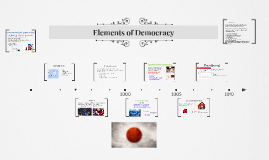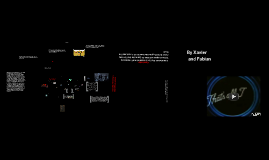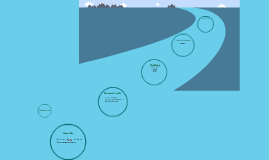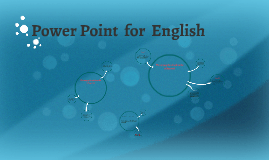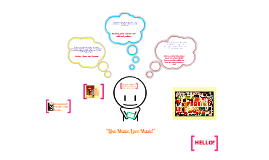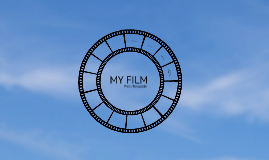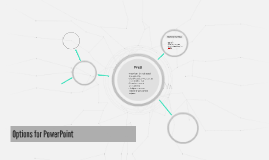film powerpoint
Transcript: mise-en-scene we chose this film for mise en scene because it contains mist and its dark which boosts the fear factor. It;s a great film to talk about because it makes the hairs from the back of your hair rise and it's a great movie. Furthermore the tension of the scene created makes you want to see what happens. this is the first scene we picked to demonstrate Mise-En-Scene An example of mis-en-scene in this clip is this the mist on the floor makes the house feel remote and deserted, which makes the father look alone. Also the dim lighting creates an air of mystery and tension because you have no idea what's going to happen next. Another example is the candles all over the house they tell you that this house is probably in a different time period, also there not very bright and are the only visable source of light apart from the torch. I think they were put there because it illustrates how different this alternate reality is from our own and therefore increases the hopelessness of the situation. Their clothes make them seem as if there from the 1960s, they live like the american dream. They look like the ordinary rich american family. But there like two face, half of them are good the rest are deceptive.... There is blue lighting making it seem cold. This can be used to make the scene more gloomy and creepy . The backround music is there to add tension to the scene. In the section where the women blinks you suddenly here a drum beat out of no-where this takes the audience by surprise, this removes the tension which is sadly the cost of creating a shock factor. Camera Angles and the Rule of Thirds! watch closely............. Did you see the example of the rule of thirds? It looks as if its focusing on the boy but really its tracing the man, the camera is following his every move. Going further when the man is shaking the camera also shakes too which makes you feel as if your're in the room with him. In other words the director is trying to make you feel as if your in the fathers shoes. why do we use close shots and long shots? This shows very little background, and concentrates on either a face, or a specific detail of mise en scène. Everything else is just a blur in the background. This shot magnifies the object (think of how big it looks on a cinema screen) and shows the importance of things, be it words written on paper, or the expression on someone's face. The close-up takes us into the mind of a character. In reality, we only let people that we really trust get THAT close to our face - mothers, children and lovers, usually - so a close up of a face is a very intimate shot. A film-maker may use this to make us feel extra comfortable or extremely uncomfortable about a character, and usually uses a zoom lens in order to get the required framing. Close Up The close-up takes us into the mind of a character. In reality, we only let people that we really trust get THAT close to our face - mothers, children and lovers, usually - so a close up of a face is a very intimate shot. A film-maker may use this to make us feel extra comfortable or extremely uncomfortable about a character, and usually uses a zoom lens in order to get the required framing. Extreme-Close Up As its name suggests, an extreme version of the close up, generally magnifying beyond what the human eye would experience in reality. An extreme close-up of a face, for instance, would show only the mouth or eyes, with no background detail whatsoever. This is a very artificial shot, and can be used for dramatic effect. The tight focus required means that extra care must be taken when setting up and lighting the shot - the slightest camera shake or error in taking the shot can ruin everything is very noticeable. Here you will see how camera angles make people seem inferior! As you can see the camera angle has changed to a low level in order to make the people look inferior and the others stronger! Sound ADR What does it Mean? Dubbing is the post-production process of recording and replacing voices on a motion picture or television soundtrack subsequent to the original shooting. The term most commonly refers to the substitution of the voices of the actors shown on the screen by those of different performers, who may be speaking a different language. The procedure was sometimes practiced in musicals when the actor had an unsatisfactory singing voice, and remains in use to enable the screening of audio-visual material to a mass audience in countries where viewers do not speak the same language as the original performers. "Dubbing" also describes the process of an actor re-recording lines spoken during filming in order to improve audio quality or reflect dialog changes. This process is called Automated Dialogue Replacement, Additional Dialogue Recording or ADR for short. Music is also dubbed onto a film after editing is completed. In shorter words: when the actor/actress' voice is replaced by someone in a recoring studio, e.g the red demon's voice.






